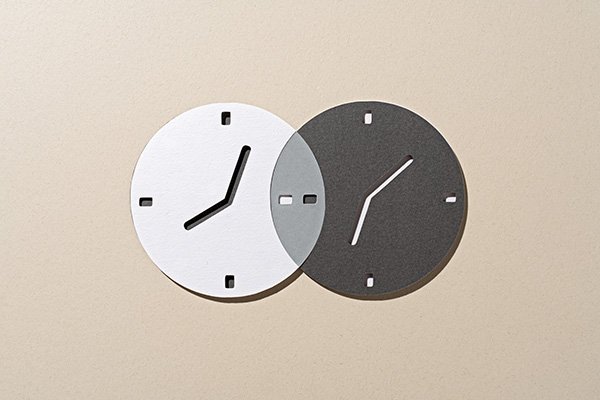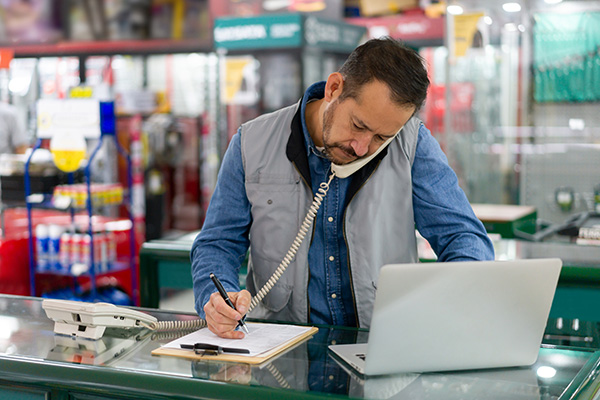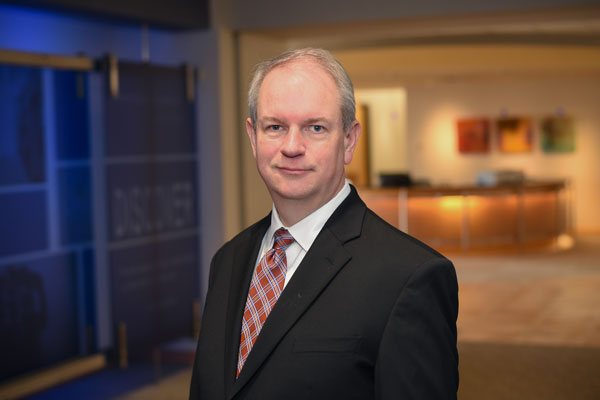Three Easy Ways to Capture More Profit in Parts

Article Highlights:
- Price ending has minimal impact on the overall purchase decision.
- Bridging the communication gap between parts and service is crucial.
I hear it all the time, “parts is parts…there’s not a whole lot we can change about our processes back there.” Not true. With automotive dealerships accounting for more than $64 billion in parts sales according to NADA, capturing the most profit from this market is crucial. But, how do we acquire more profit from parts sales without having to physically sell more parts?
Here are three easy ways to boost profits, without having to reinvent the wheel.
Mark Up Retail Parts
Why does almost every retail item end with .99? There’s a reason—‘psychological pricing’—and it’s based on perception. When consumers see an item priced at $7.99, they associate that with paying $7, not $8. The $7.99 amount appears much cheaper than say, $8.25 or $8.49. However, most frequently, the price ending has minimal impact on the overall purchase decision. So, if consumers are accustomed to seeing prices ending in .99, setting your prices to end that way better aligns with their perception of common price structure. In a recent Reynolds study, dealerships using our retail markup feature since 2015 were able to make over $3.8 million in additional profit. Easy money, right?
Use an Inventory Scanner
Technology has come a long way. Gone are the days of doing a physical inventory audit or receiving a truckload of parts with a clipboard and reams of paper lists. Your employees need to be able to receive, receipt, stock, and find parts quickly and accurately. With an electronic parts scanner, your team can do these tasks quickly without having to re-enter the data into your system. The faster parts can be receipted, checked, or sold to a customer, the more time your employees will have to turn a profit. Plus, employees love to use technology that’s truly a game-changer.
Connect Parts and Service
Time is money. In order to gather more profits in fixed ops, the communication between departments must be streamlined to increase throughput. This is facilitated by electronic notifications and a digital repair process. If a technician can check parts availability from a computer in his stall, notify an advisor for approval, and complete the RO electronically, he has more time to work on other vehicles. Being able to bridge this communication gap with technology is crucial. More time for repairs means more inspections (which, in turn, should mean more retail parts sold on additional service recommendations).
Conclusion
Dealerships using strategies to make the most of every parts and service opportunity are seeing the benefits of increased efficiency, improved communication, and elevated profits. You might consider implementing a parts runner, if you don’t already have one, to keep your technicians turning wrenches. If your dealership embraces new technology and efficient processes like the ones mentioned above, more profits are on the horizon.
Editor’s note: This article was updated on 4/25/17 to share new statistics made available by NADA.
Related Articles:

True Story: Night and Day Service Scheduling
What establishments do you frequently visit? They know you – your name, address, details from your last visit. Why shouldn’t your dealership be the same?

Managing Missed Appointments in Your Service Department
Are you properly handling the missed appointments in your service department?

Bringing Balance to the (Work) Force: Jedi Tactics for Defeating a…
As we celebrate May the 4th, let’s look beyond the stars and into our service departments, where a challenger nearly as daunting as Darth Vader…

3 Reasons You Need a CRM in Your Service Drive
If you’re not currently using a customer relationship management (CRM) tool in your service department, you’re probably wondering if it’s worth having. I present the…















